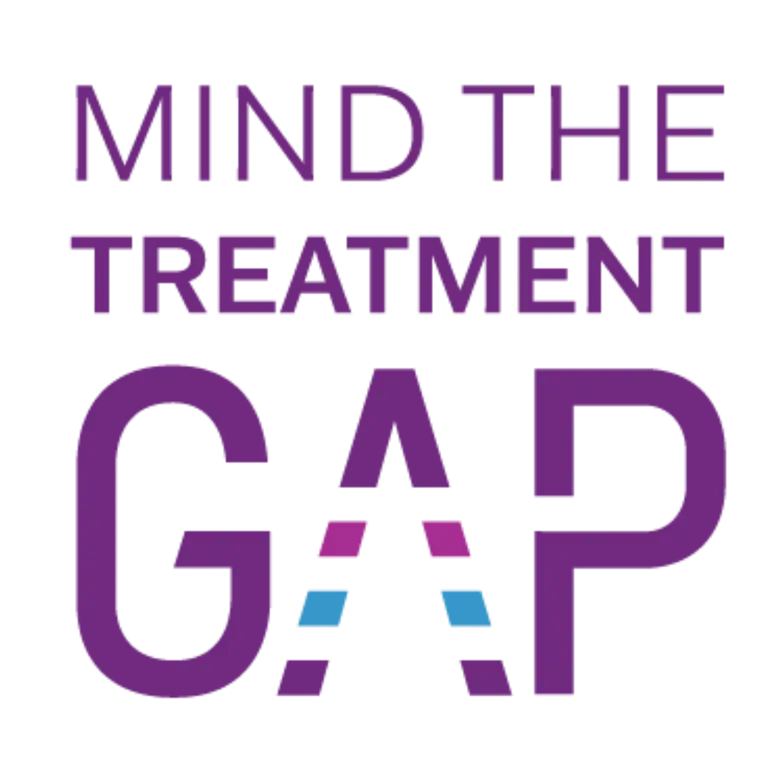Mind the Treatment Gap
Driving greater awareness of drug-resistant epilepsy and helping to bridge the gap to better understand available treatment options.

Driving greater awareness of drug-resistant epilepsy and helping to bridge the gap to better understand available treatment options.
